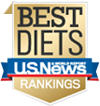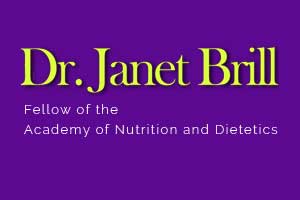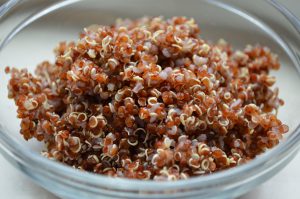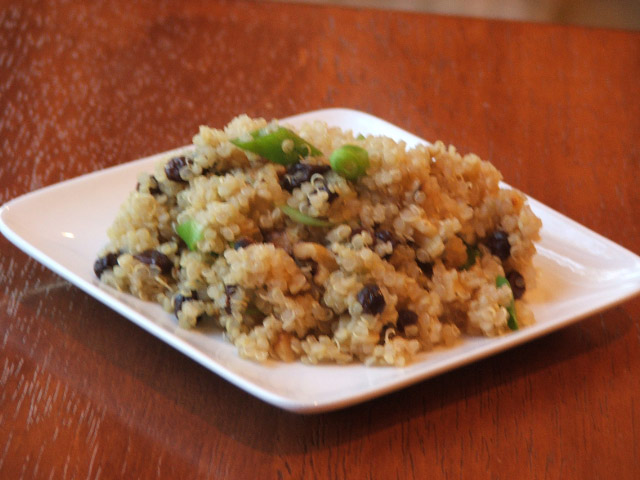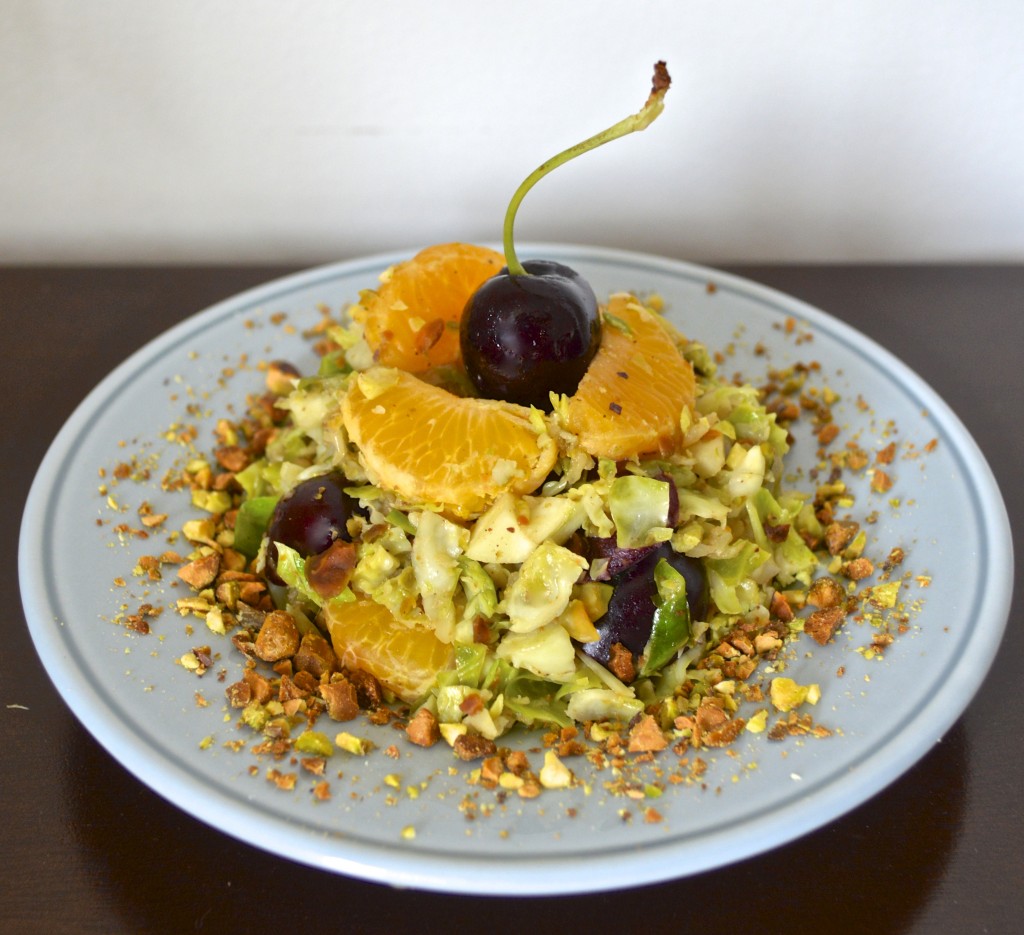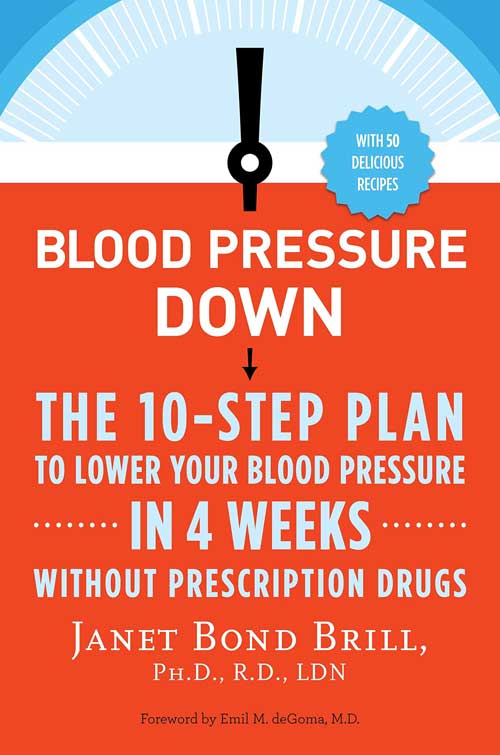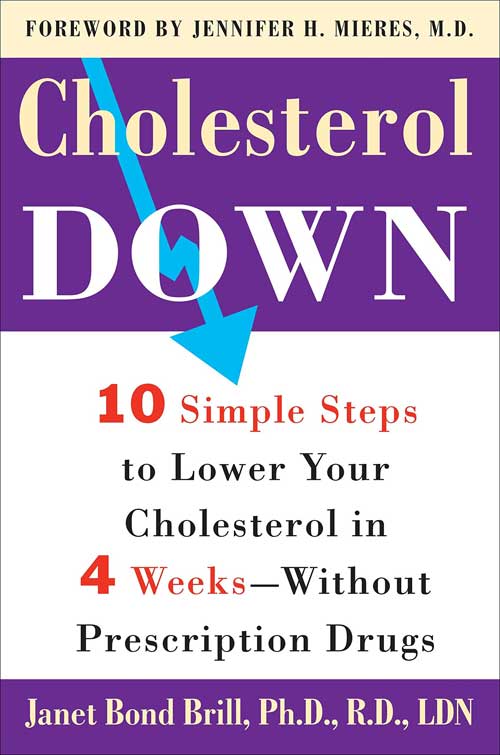By pws builder
 One in thirty women die of breast cancer, one in three die from cardiovascular disease (heart attacks or stroke). Heart disease is not just a man’s disease! Women need to take control of their cardiovascular health and learn their risk factors for this deadly disease, the leading cause of death of American women. Heart attacks disable or kill men in their forties and fifties, during their most productive years. And while women take a decade to catch up to men, heart attacks and stroke are the leading cause of death for them too. High blood pressure is the number one cause of stroke and a major risk factor for heart attacks. In fact, high blood pressure contributes to more deaths in men and women than any other preventable factor. But the good news is, it can easily be controlled.
One in thirty women die of breast cancer, one in three die from cardiovascular disease (heart attacks or stroke). Heart disease is not just a man’s disease! Women need to take control of their cardiovascular health and learn their risk factors for this deadly disease, the leading cause of death of American women. Heart attacks disable or kill men in their forties and fifties, during their most productive years. And while women take a decade to catch up to men, heart attacks and stroke are the leading cause of death for them too. High blood pressure is the number one cause of stroke and a major risk factor for heart attacks. In fact, high blood pressure contributes to more deaths in men and women than any other preventable factor. But the good news is, it can easily be controlled.
What is a healthy blood pressure reading? The medical community states that a normal, healthy blood pressure reading is less than 120/80 mm Hg. Above this number and you are living in the danger zone. What causes high blood pressure? It could be due to any number of factors, such as sedentary lifestyle, obesity, high salt intake, or aging. A poor diet, especially one too high in bad fats and salty, high-calorie processed foods, will contribute to weight gain, create a mineral imbalance in the body, and raise your blood pressure. Not getting enough exercise also contributes to high blood pressure.
One of the most effective ways to decrease your pressure is to cut your intake of salt, as excess sodium intake is undoubtedly linked to the development of high blood pressure, heart disease and stroke. According to the American Heart Association, all of us should strive to cap our sodium intake at just 1,500 mg a day (that’s just a little over half a teaspoon of salt!), yet the average American eats almost triple that amount. According to the CDC, nine in 10 American adults eat too much salt every day. Perhaps this is because some of the saltiest foods we eat do not necessarily taste salty. It would behoove all Americans to beware of relying too much on taste buds for salt detection and to review the list of tips below:
Ten Surprisingly Simple Tips for Cutting Back on Your Intake of Salt
1. Eat more fresh foods. As long as our food supply is laden with salt, your best bet is to make your own food. Substitute fresh and whole unprocessed foods for processed foods whenever possible. The vast majority of natural, unprocessed fruits and vegetables contain only a minimal amount of sodium. At the supermarket, routinely buy fresh or frozen produce (with no added salt). Frequent salad bars and load up on unprocessed fruit and veggies.
2. When you are buying packaged foods, read and use the information on the food labels to allow easy comparison between brands. Always check the ingredient list for sodium, MSG, baking soda, and other sodium-containing compounds. You will be surprised at the tremendous difference between products in terms of sodium content. Only buy boxes, cans, and bags of food with the words “low sodium” or “sodium free” on the front. (“Low sodium” is defined as less than 140 mg and “high sodium” is more than 480 mg per serving.)
3. Rinse canned foods, and dilute high-sodium foods. Buy low-sodium beans and tuna and rinse in a strainer to drain off more of the salt. Cook pasta, cereals, and rice without added salt. Add salt-free beans, veggies, or grains (such as brown rice) to take-out, packaged, or frozen foods to dilute the sodium count.
4. Throw out the seasoning packets. Flavor rice or pasta yourself, and keep your intake of boxed foods or canned soups to a minimum. Watch condiments such as soy sauce, teriyaki sauce, ketchup, mustard, pickles, capers, and olives; use very little or omit them entirely from your diet. Use sprays, balsamic and other types of vinegar, and extra-virgin olive oil to flavor your food without the salt!
5. Just say no to convenience foods. Cut down on foods that come in a box, bag, or bottle (other than unsalted nuts or dried fruit). Pass on the take-out pizza—salty bread doused with salty tomato sauce and topped off with salty, fatty cheese. Remember, you can make almost anything from scratch, quickly, easily, and without spending hours in the kitchen. Think how you can use your rice cooker, Cuisinart, slow cooker, and blender to prepare foods. Salt-free seasoning blends, nuts and seeds, dried fruit, vinegars, and even peanut butter can be used for flavoring.
6. Order it your way. When eating out, order plain food without added sodium. Take care to customize your order, and ask for your food to be prepared without salt. Be sure to be assertive with your waiter or directly with the chef. Order sauces and dressing on the side. Ask for condiments that are low in sodium. Watch the take-out or cheap eats—salt makes cheap food taste better.
7. Use herbs and spices in lieu of salt. Eat at home as often as possible, cooking fresh foods. Eliminate added salt and use chopped fresh herbs and spices to flavor food. Herbs such as rosemary, parsley, dill, chives, cilantro, and basil; spices such as cinnamon, cumin, and nutmeg; and seasonings such as lemon and lime juice, hot sauce, wasabi paste, vinegar, pepper, and salt-free seasoning blends all make great salt substitutes.
8. Get rid of the salt shaker. A dash of table salt contains about 155 mg sodium, so be careful. Keep the pepper mill handy on the table, along with hot sauce and spice mixes. Find lower-sodium alternative seasonings that appeal to your taste buds. Be adventurous and flavor foods with sliced fresh ginger, garlic and garlic powder, a touch of horseradish (1 tablespoon of prepared horseradish contains 47 mg sodium), and other lower-sodium condiments.
9. Check medication ingredient labels. Scrutinize the labels of all over-the-counter medications such as antacids for sodium content. Look for low-sodium varieties instead.
10. Savor your salt. Save those salty favorite foods for a special treat. Sodium in foods you consume frequently can really add up, so be sure to watch portion sizes of bread, and cut way back on (or eliminate) processed meats, deli meats, sodium-heavy cheeses, and restaurant and frozen pizzas and pasta dishes. When you do splurge on a salty treat, watch your sodium intake especially carefully for the rest of the day. Use higher-sodium condiments such as ketchup, barbeque sauce, mustard, pickles, olives, and Worcestershire sauce sparingly.
As a spokesperson for the American Heart Association, it is my job to translate the evidence-based guidelines into dietary advice that will help prevent heart disease in Americans—the nation’s leading cause of death in both men and women. Most deaths in American women are caused by cardiovascular disease, which is highly preventable. Getting your BLOOD PRESSURE DOWN will help battle this statistic and enable women to better take control of their heart health.
_____________________________________________________________________________________________
Nationally recognized nutrition, health and fitness expert and published author Dr. Janet Brill specializes in cardiovascular disease prevention and has authored three books on the topic; the most recent is Blood Pressure DOWN (Three Rivers Press, May 7, 2013). Her second book, Prevent a Second Heart Attack follows the bestselling book, Cholesterol Down (Three Rivers Press, 2006). For more information on Dr. Janet or her books, please visit: www.DrJanet.com


